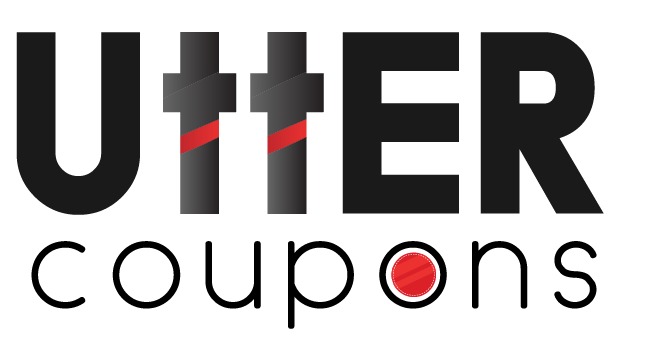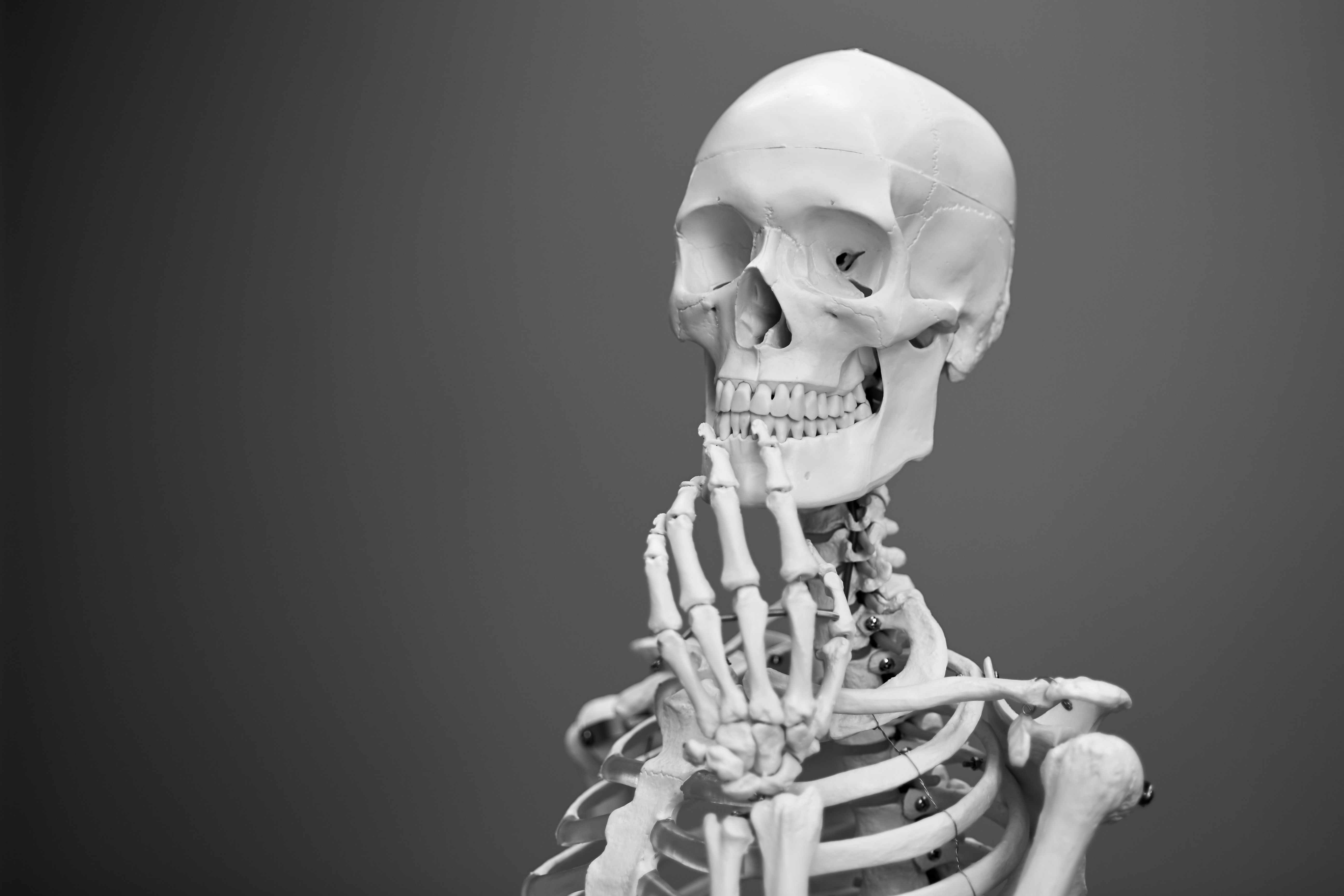The Origins of Halloween Costumes: A Journey Through Time
As the air becomes crisp and leaves transform into brilliant hues of red and orange, we know that Halloween is just around the corner. It's a time for pumpkin carving, spooky decorations, and, of course, donning costumes that range from the cute and whimsical to the downright terrifying. But have you ever wondered how this tradition of dressing up on Halloween came to be? Join us on a journey through time as we explore the fascinating origins of Halloween costumes.
Ancient Beginnings
To understand the origins of Halloween costumes, we must delve into the ancient past. Halloween itself can be traced back to the ancient Celtic festival of Samhain, which marked the end of the harvest season and the beginning of winter. Samhain was celebrated on October 31st, and it was believed that on this night, the boundary between the living and the dead was blurred.
Celts believed that spirits of the deceased would return to Earth during Samhain, and to ward off malevolent spirits and offer protection, they would light bonfires and wear costumes made from animal skins and heads. These costumes were both practical, as they provided warmth in the cold weather, and symbolic, as they concealed the wearer's identity from vengeful spirits.
Christian Influence
When Christianity began to spread across Europe, it sought to supplant pagan traditions with its own. In the 8th century, Pope Gregory III designated November 1st as All Saints' Day, a day to honor saints and martyrs. The night before, October 31st, became known as All Hallows' Eve, eventually evolving into Halloween.
During the Christianization of Celtic regions, many of the traditions associated with Samhain were absorbed into the Halloween celebration. However, the practice of wearing costumes continued to evolve. Costumes started to take on a more religious tone as people dressed as angels, demons, and saints. These costumes were intended to represent the battle between good and evil, reflecting the spiritual significance of the holiday.
Trick-or-Treating Emerges
The tradition of trick-or-treating, another integral part of Halloween, has its own unique history. It can be traced back to the medieval practice of "souling," in which poor people would go door-to-door on All Souls' Day (November 2nd) and receive food in exchange for prayers for the dead. This tradition gradually merged with Halloween, and "soul cakes" were offered to those who went door-to-door dressed in costumes and masks.
The concept of "trick-or-treating" as we know it today began to take shape in North America in the 19th century. Communities started hosting Halloween parties with activities like bobbing for apples and playing pranks. Children would dress up in costumes and visit neighbors' homes, where they would be given treats to prevent any mischievous tricks.
The Rise of Commercial Halloween Costumes
The 20th century saw the commercialization of Halloween, with companies seizing the opportunity to manufacture and sell Halloween costumes. The first mass-produced Halloween costumes were often made from inexpensive materials like crepe paper and cardboard. These costumes featured iconic characters like witches, ghosts, and vampires, which remain popular choices to this day.
The 1950s and 1960s saw a significant shift in Halloween costumes. With the advent of television and popular culture, children began to dress up as their favorite characters from movies and TV shows. This trend paved the way for the wide variety of licensed character costumes available today, ranging from superheroes to Disney princesses.
Creative Expression and Pop Culture
Today, Halloween costumes have become a form of creative expression and a way for people to connect with their favorite pop culture references. Costume choices are limited only by one's imagination, and the options are nearly endless. People of all ages eagerly anticipate the chance to become their favorite fictional characters for a night, and the attention to detail in costume design and makeup can be truly remarkable.
One of the most significant developments in recent years is the rise of DIY (Do It Yourself) costumes. With the help of online tutorials and an abundance of crafting supplies, many Halloween enthusiasts enjoy creating their costumes from scratch. This approach allows for greater personalization and can result in truly unique and memorable outfits.
The Influence of Horror
While Halloween costumes come in all shapes and sizes, it's impossible to discuss the holiday without acknowledging the enduring popularity of horror-themed costumes. Creatures like zombies, vampires, werewolves, and witches continue to captivate our imagination and inspire countless costume creations.
Horror icons from movies and literature have also left an indelible mark on Halloween costume culture. Characters like Freddy Krueger, Michael Myers, and Pennywise the Clown have become staples of the Halloween season. The thrill of dressing up as these terrifying figures adds an extra layer of excitement to the holiday.
Cultural Appropriation and Sensitivity
In recent years, there has been a growing awareness of cultural appropriation and sensitivity surrounding Halloween costumes. Many costumes that stereotype or caricature different cultures have faced backlash for perpetuating harmful stereotypes. It's essential to recognize the importance of respectful and culturally sensitive costume choices. Instead of appropriating or mocking cultures, consider celebrating and appreciating them through thoughtful and informed costume selections.
Environmental Considerations
As Halloween costumes have evolved and diversified, so have concerns about their environmental impact. Many store-bought costumes are made from synthetic materials that are not biodegradable. Additionally, the disposable nature of some costumes contributes to excess waste. In response to these concerns, there has been a rise in eco-friendly and sustainable costume options. People are increasingly opting for costumes made from recycled materials or creating costumes that can be reused in future years.
Conclusion
The tradition of wearing Halloween costumes has a rich and complex history that spans centuries. From its origins in ancient Celtic rituals to its modern incarnation as a celebration of creativity and pop culture, Halloween costumes continue to be a cherished and evolving tradition.
As you plan your Halloween costume for this year, take a moment to reflect on the fascinating journey that has brought us to this point. Whether you choose to embody a classic character, a modern icon, or something entirely original, remember that the essence of Halloween costumes lies in the joy of self-expression and the opportunity to step into a world of fantasy, even if just for one enchanted night. So, embrace the magic, don your costume, and join in the timeless tradition of Halloween.

